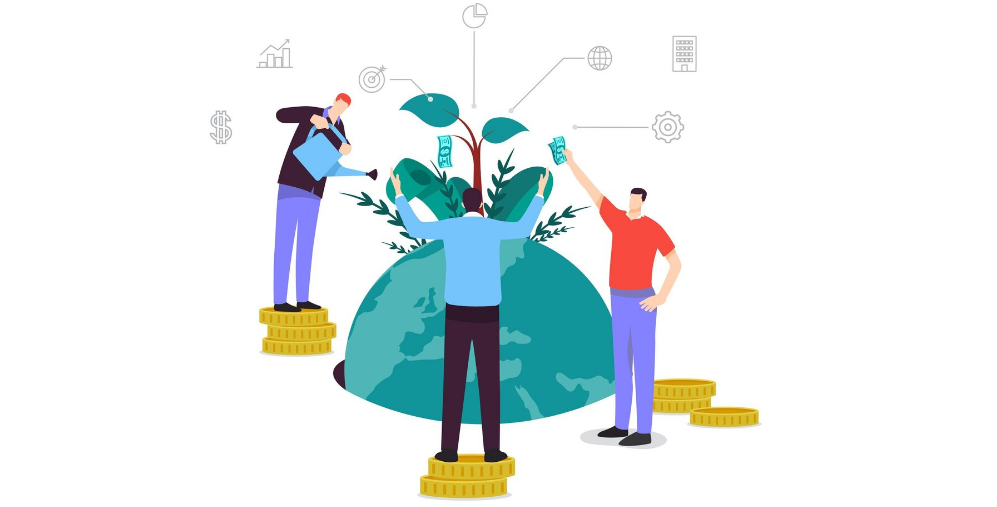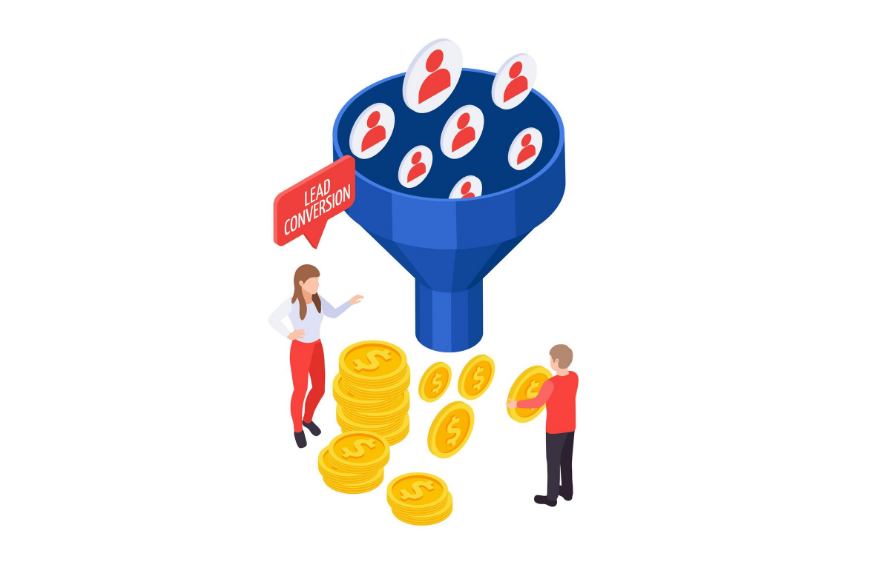In the ever-evolving world of B2B marketing, data has become the lifeblood of success. Marketers rely on data to target the right audience, create personalized experiences, and optimize campaigns. But with increasing privacy concerns, data regulations, and evolving customer expectations, the traditional methods of data collection are being scrutinized more than ever. Enter zero-party data—a revolutionary shift that promises to change the way businesses collect and use customer information.
If you’re still unfamiliar with the term, you’re in for a treat. This article dives deep into zero-party data, explaining what it is, why it matters, and how B2B marketers can leverage it to stay ahead of the curve.
What is Zero-Party Data?
Before we dive into how zero-party data is shaking up B2B marketing, let’s break it down. Zero-party data refers to information that a customer voluntarily and intentionally shares with a business. This could include preferences, interests, intentions, feedback, and other relevant data that customers provide directly to a brand, typically through forms, surveys, quizzes, or preferences settings. Unlike third-party data (data collected from external sources) or first-party data (data collected through your website or interactions), zero-party data is a direct exchange between the customer and the brand.
Think of it as the data equivalent of having a friendly, open conversation with your customer. They tell you exactly what they want, and you use that information to offer them a tailored experience.
Why is Zero-Party Data So Important in B2B Marketing?
In B2B marketing, the landscape is shifting rapidly. Gone are the days when marketers could rely solely on third-party data from ad networks or purchased lists. The data privacy regulations (GDPR, CCPA, etc.) are tightening, customers are becoming more aware of their privacy rights, and businesses are under increased pressure to build more transparent and trustworthy relationships with their clients.
Zero-party data addresses many of these challenges. Here’s why it matters:
1. Trust and Transparency
In the age of data breaches, privacy concerns, and rising customer expectations, transparency is key. Zero-party data is entirely opt-in, meaning customers willingly share their information with you. This builds trust. Customers appreciate brands that respect their privacy and engage with them on their terms.
With zero-party data, B2B companies are on the front foot in creating transparent, mutually beneficial relationships. This level of trust can give you a competitive advantage over companies that rely on less ethical or more invasive data collection practices.
2. Better Customer Insights
When customers share data directly with you, it’s often more detailed, accurate, and relevant than data gathered passively. Zero-party data includes specific preferences, interests, and needs. In a B2B setting, this means you’re able to understand exactly what a client wants—be it specific products, services, or pain points—and tailor your marketing and outreach strategies accordingly.
The richer the insights, the more customized your marketing campaigns can be. You can avoid wasting resources on leads that aren’t interested or aren’t a good fit for your business. Instead, you can focus on building relationships with clients who are genuinely interested in what you offer.
3. Improved Personalization
Personalization is no longer just a luxury in B2B marketing—it’s expected. Zero-party data provides the foundation for hyper-personalized campaigns. By collecting information on your customers’ preferences and needs, you can create bespoke content, offers, and solutions that resonate with them on a deeper level.
With zero-party data, you’re not guessing what your audience might like or hoping your general messaging hits the mark. You already know what your prospects care about, making your interactions far more meaningful and impactful.
4. Compliance with Privacy Regulations
As mentioned earlier, privacy regulations like GDPR and CCPA are becoming stricter, and non-compliance can lead to hefty fines and damaged reputations. Zero-party data is inherently compliant because it’s voluntarily given by the customer. Since the data is shared directly with the business, there’s no need for complicated consent processes or ambiguity about how the data will be used.
This makes zero-party data an ideal solution for B2B businesses looking to stay on the right side of the law while still gathering the information they need to improve their marketing strategies.

How to Collect Zero-Party Data in B2B Marketing?
Now that we understand why zero-party data is so important, let’s talk about how to collect it. Unlike first-party data, which is typically gathered passively through website interactions or transactional data, zero-party data requires more active engagement from customers.
Here are some of the best ways to collect zero-party data in B2B marketing:
1. Surveys and Polls
Surveys are one of the most effective ways to collect zero-party data. They allow you to ask your clients directly about their preferences, challenges, and goals. By crafting well-designed surveys, you can gather insights that are directly applicable to your sales and marketing strategies.
For example, you might send a survey to your existing clients asking about their upcoming business needs or challenges. Based on their responses, you can personalize your approach to help solve those problems.
2. Quizzes
Interactive quizzes are a fun and engaging way to collect zero-party data. You can design quizzes that help you learn more about your clients’ business needs, challenges, and preferences. For instance, a B2B company providing marketing automation tools could offer a quiz to determine the client’s level of automation maturity, and use that information to recommend the most suitable tools or features.
Since quizzes are engaging and easy to complete, they tend to get higher response rates, providing you with valuable insights that can inform your next steps.
3. Preference Centers
A preference center is a place where users can update their communication preferences, such as the type of content they want to receive (e.g., newsletters, case studies, product updates). By giving clients control over what they receive from you, you’re collecting zero-party data that is incredibly valuable for segmentation and targeting.
For example, if a customer indicates they’re interested in a particular product category, you can personalize their communication to focus more on that product and related solutions, which will improve your chances of converting them into a lead.
4. Social Media Polls and Feedback
Social media platforms offer an excellent opportunity to engage directly with your audience and gather zero-party data. Use polls and ask open-ended questions to learn about your followers’ opinions, needs, and preferences. Not only does this provide you with valuable insights, but it also fosters a sense of community and engagement around your brand.
5. Customer Interactions and Conversations
Sometimes, the most valuable data comes from simply talking to your customers. Whether it’s through sales calls, customer support, or live chats, these direct interactions often provide you with the most accurate and actionable zero-party data. As you build relationships with your clients, you’ll naturally gather information about their goals, challenges, and preferences.

Using Zero-Party Data to Enhance Your B2B Marketing Strategy
Collecting zero-party data is only half the battle. The next step is to use that information to enhance your B2B marketing efforts. Here’s how you can make the most of your zero-party data:
1. Segment Your Audience
Once you have zero-party data, you can segment your audience into highly targeted groups. For example, if you’ve gathered data on customers’ product preferences, you can segment them based on the specific products they’re interested in. This allows you to send personalized messages, offers, and content that are much more likely to resonate with each group.
2. Create Highly Relevant Content
Content is king in B2B marketing, but only if it speaks to the specific needs and interests of your audience. By using zero-party data, you can create content that addresses the exact pain points and challenges your customers are facing. Whether it’s blog posts, whitepapers, or case studies, this content will be far more valuable to your audience, leading to better engagement and higher conversion rates.
3. Build Stronger Relationships
Zero-party data isn’t just about selling; it’s about building stronger relationships with your customers. By demonstrating that you understand their needs and preferences, you show them that you genuinely care about their success. This trust can lead to long-term loyalty and advocacy, which is priceless in the B2B world.
4. Optimize the Buyer Journey
With zero-party data, you can create a more seamless and personalized buyer journey. By understanding where a customer is in their decision-making process, you can deliver the right information at the right time. This ensures that prospects are always engaged and moving through the sales funnel efficiently.
Conclusion: The Future of B2B Marketing is Zero-Party Data
Zero-party data represents a shift towards more ethical, transparent, and personalized marketing practices. As B2B businesses face increasing pressure to respect customer privacy and deliver more relevant experiences, zero-party data offers a powerful solution.
By focusing on collecting this type of data, you’ll not only build trust with your customers but also gain valuable insights that can drive more effective marketing strategies. With the right tools and strategies in place, zero-party data will allow your B2B marketing efforts to soar to new heights, providing you with a competitive edge in a rapidly changing market.
So, if you’re ready to revolutionize your B2B marketing strategy, it’s time to embrace zero-party data. Your customers will thank you, and your business will thrive!






Leave a Reply